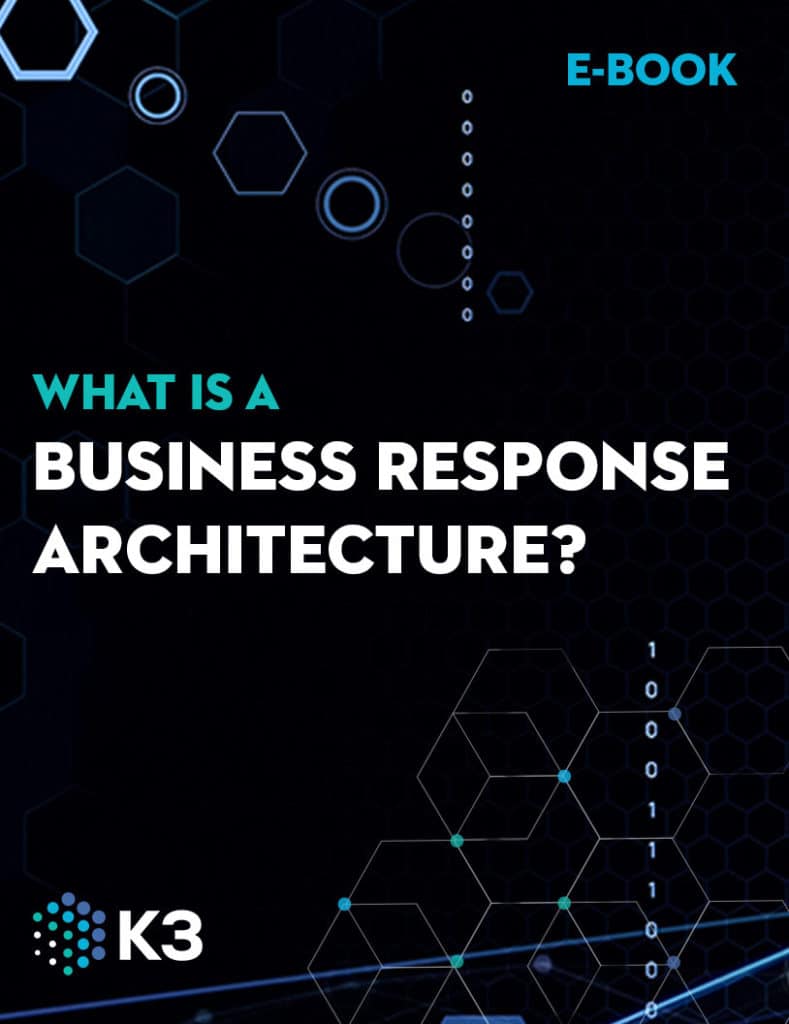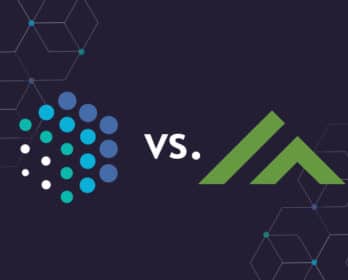Modern business intelligence tools have made it easier than ever to visualize your data. It’s night and day compared to the olden days of OLAP cubes. So now that the technology is far more democratized, what would you guess is blocking you from getting to a real data breakthrough? Getting the data. That is still a huge blocker. If you are a data analyst in a big company you know exactly what we are talking about.
Every conference call trying to get the data starts the same way: “So the purpose of this call is to figure out if there is any data…” Gatekeeper after gatekeeper. “Can we get access on a read-only basis to look into databases x and y?” We know the answer before we even ask: “Absolutely not.” Gatekeepers keep gates which keep people out, not let them in.
If you’ve spent time inside a large enterprise, you absolutely know who I’m talking about. No, they aren’t evil managers in ivory towers twirling their mustaches. Not at all. They’re well aware that data sharing generates three times more economic benefit than keeping it hidden, as Gartner has observed.
Most are well intentioned, trying to keep the company safe and their portion of the silo from blowing up. They are already overextended doing that very job.
Let’s just say that pulling on loose strings in a monolithic system is always a bad idea. Yes, it unravels quickly!
Just See What We Can See
Now, you don’t need to know anything about medicine or hospital administration for this data story to be relevant and useful. The only thing you need to know is that the operating rooms (O.R.s) are expensive to run. Really expensive. The average operating room cost is about $40 USD per minute.
We fired up K3, did some data blending and data cleansing, then put the results into a Tableau business intelligence dashboard just to see what we could see. We finally came up with three data sets. Simple O.R. data sets.
What came out was a dashboard of all surgeons, the number of surgeries, surgery types, and so forth. But then there was the whopper: A dashboard of “delayed start” surgeries.
Cold hard proof. Certain surgeons are chronically late. “Be careful who you let see this,” our internal advocates warned. Why? Because the vague sense that certain surgeons are always late had now become actionable intelligence. In a backdrop of big egos and big enterprise…this viz was on fire.
These kinds of big data visualization cases are critical across healthcare, and are the backbone of both the COVID Moonshot program and the ongoing Cancer Moonshot initiative. When these same streamlining techniques are applied to a hospital’s supply chain, the cost savings are estimated at $10 million per hospital, or $23 billion nationwide.
In our case, how long did it take to assemble the data set and transform it? Maybe an hour. How long did it take for the hospital to get us the data? A long, long time. It took a little bit of stepping on toes, cajoling, pleading, and an executive intervention. Yet in the end, we got it done.
Getting Actionable Data to the Business Crowns All in 2021
Let’s cut to the chase: The number one enterprise objective of 2021 is getting the right data to the right operational teams at a moment’s notice, to power business intelligence. That’s it.
The moral of the story is that the circle of spending weeks collecting data, armwrestling for it, and converting it into actionable data is too long a timetable for most companies. We don’t need to wax poetic about the real-time nature of every modern business.
Ask yourself this: In my business or my role, do I have real-time access to key data that’s ready for analysis?
If the answer is “not exactly,” then there is a real problem.
What usually happens is that key data is fed into monolith systems, at which point data velocity slows down tremendously. These data silos don’t only lock data—they convert it into that silo’s data format.
The good news is that the technology exists to de-silo your data organization, then clean it up so that it can be used for business response. Of course, K3 is a big part of that but, it’s not the whole story when it comes to getting more out of your BI investment.
What Is a Business Response Architecture
In our next piece (cliffhanger anyone?) we are going to dive deeper into the origins of a Business Response Architecture?
It’s the thing that allows a business to quickly:
- Extract data from legacy systems and upstream sources
- Transform and clean data in real time
- Synchronize and orchestrate data flows
- Save the data so that it is easily accessible and visualization-ready.
Before you read on, think about this question: If you were the CIO of a company, how would you get data in a usable format so your business users could quickly perform a useful analysis on the data set? What does that architecture look like? There is a good chance you are doing it now in an unformalized process. This process is designed to get you thinking about how to streamline data analysis.

Request The E-Book
Learn how to overcome data flow limitations inherent in today’s business processes and discover how to define a modern data management architecture fitted to keep pace with business demands over time.






